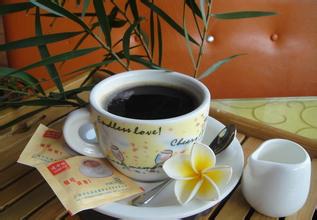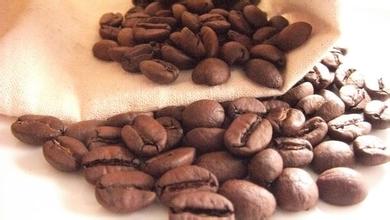What is the difference between high-quality coffee beans and ordinary coffee beans introduction to the source of high-quality coffee beans
Gradually in the 19th century, coffee farmers began to cut coffee more carefully, although at that time it was to make coffee quality better by germplasm, but I think it is true to rely on good quality in exchange for better prices, and then it is to break the layers of traders, and instead can purchase coffee beans directly from the origin or manor, mainly to resist a large number of purchases and collections by European traders. This emphasis on quality coffee beans was innovated by Erna Knustsen, the godmother of specialty coffee, in the 1974 issue of Tea & Coffee Trade Journal to explain that only the most favorable altitude, soil and climate can produce specialty coffee with unique flavor, and at the same time, it is also compared with bulk commercial low-cost coffee blends. Later, she and five other people jointly founded the American Specialty Coffee Association in 1982. The word "boutique coffee" was known globally, and it was not until after 2000 that it gradually moved from the niche market to the mass market.
Coffee grows mainly in tropical areas centered on the equator and between 25 degrees north and south latitude; Coffee is grown in more than 70 countries in the world, and "fine coffee" pays attention to Terroir (regional flavor), climate or altitude of producing area or manor, sunny or shady side of coffee tree, valley climate or dry, rainy or humid heat, temperature difference between day and night, etc. These complex combinations of weather, soil and water cut coffee with different flavors, so without unique "regional flavor", it is not fine coffee, but reduced to lack of fragrance, monotony, Bitter, cheap coffee that must be sweetened to taste good. Carefully washed and sun-dried, hand-picked, flawless green beans, good roasters to interpret its flavor, and finally by organizations such as SCAA to "Cupping" rating, basically these judges score above 80 points, can be called Specialty Coffee "fine coffee," better fine coffee, even cup test score above 95 points

Important Notice :
前街咖啡 FrontStreet Coffee has moved to new addredd:
FrontStreet Coffee Address: 315,Donghua East Road,GuangZhou
Tel:020 38364473
- Prev

Introduction of Dominican Coffee Manor with a faint fragrance
In the early 18th century, coffee was introduced to Domiga from Martinique, and fine coffee was produced in the north represented by Hibao and in the south, including Okayabani Santo Domingo. Among them, the coffee produced by Santo Domingo and Barney, which is almost synonymous with domiga coffee, is a world-famous high-quality coffee. Santo Domingo coffee, which is characterized by freshness and elegance,
- Next

Mexican coffee beans with moderate acidity Taste Introduction Fine coffee
Quality beans: aldumara mexico. Taste characteristics: large particles, with strong sweet, sour and good aroma. Best BBQ: medium fried or body fried. It is characterized by smooth taste, high acidity, medium alcohol, slightly nutty aftertaste. Sweet, sour, bitter taste neutral, moderate sour, taste special, elegant. Although Brazilian coffee is of little professional value,
Related
- Detailed explanation of Jadeite planting Land in Panamanian Jadeite Manor introduction to the grading system of Jadeite competitive bidding, Red bid, Green bid and Rose Summer
- Story of Coffee planting in Brenka region of Costa Rica Stonehenge Manor anaerobic heavy honey treatment of flavor mouth
- What's on the barrel of Blue Mountain Coffee beans?
- Can American coffee also pull flowers? How to use hot American style to pull out a good-looking pattern?
- Can you make a cold extract with coffee beans? What is the right proportion for cold-extracted coffee formula?
- Indonesian PWN Gold Mandrine Coffee Origin Features Flavor How to Chong? Mandolin coffee is American.
- A brief introduction to the flavor characteristics of Brazilian yellow bourbon coffee beans
- What is the effect of different water quality on the flavor of cold-extracted coffee? What kind of water is best for brewing coffee?
- Why do you think of Rose Summer whenever you mention Panamanian coffee?
- Introduction to the characteristics of authentic blue mountain coffee bean producing areas? What is the CIB Coffee Authority in Jamaica?

